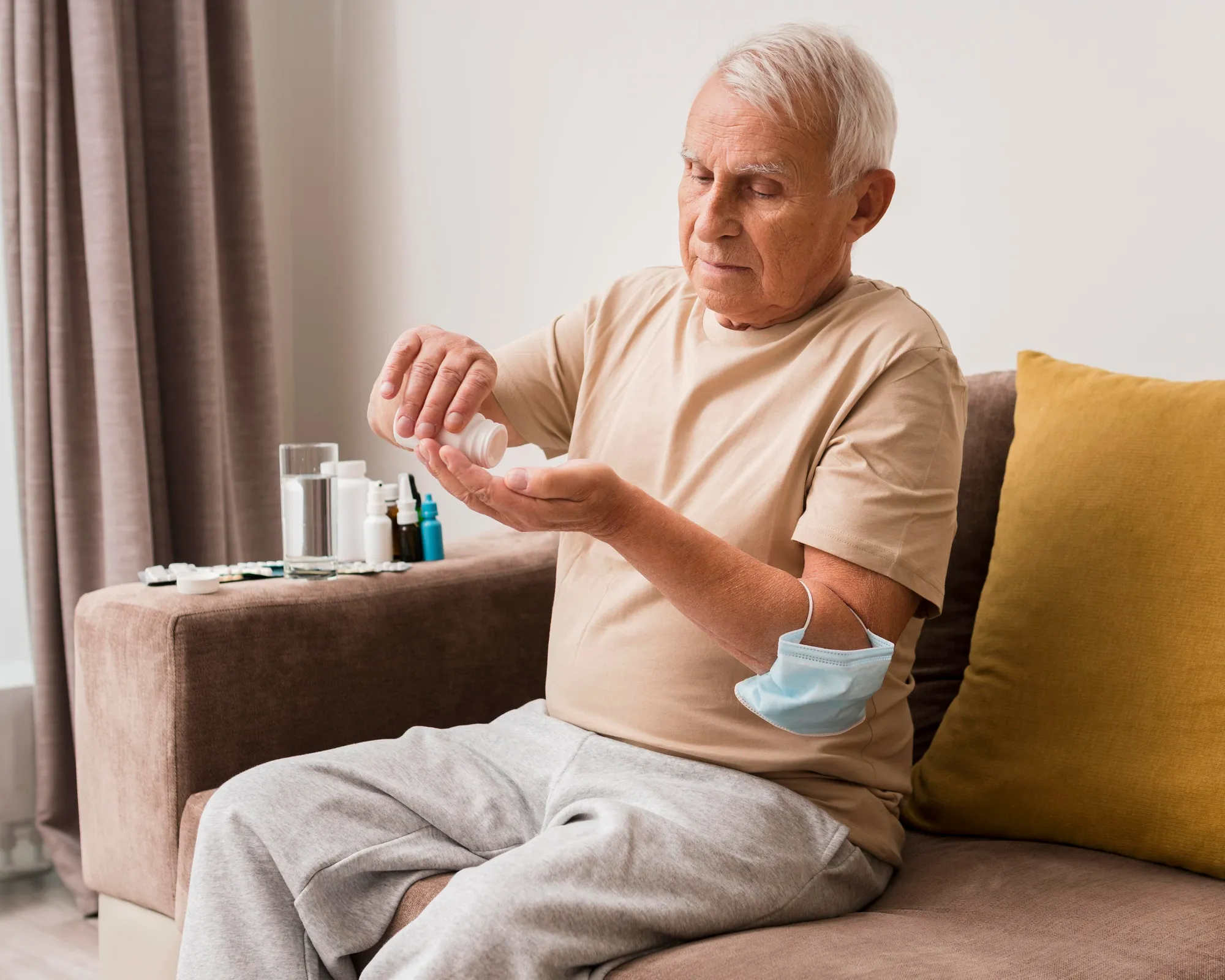Subarachnoid hemorrhage (SAH), a life-threatening type of stroke that occurs due to bleeding into the space around the brain, has been a major health concern globally. It is often caused by a ruptured saccular aneurysm, which is a bulging, weak area in the wall of an artery in the brain. A new case-control study published in the Neurology Journal seeks to investigate the association between aspirin intake and the incidence of SAH. This article provides an elaborate discussion based on the findings reported by Dr. Shashank S. Agarwal and colleagues from the NYU Langone Health, New York, NY. The study, referenced by its Digital Object Identifier (DOI) 10.1212/WNL.0000000000007460, explores a critical question: Does the dose of aspirin influence the occurrence of subarachnoid hemorrhage from saccular aneurysms?
The Study Rationale
Aspirin, known for its anti-inflammatory and antithrombotic effects, is widely used for the prevention of cardiovascular diseases. However, its role as a contributory factor in the etiology of SAH remains a topic of debate. The study by Agarwal et al. is a commentary on original research published in the same journal (Neurology), which reported on a retrospective analysis of aspirin use and its potential link to the occurrence of SAH. The original study (DOI: 10.1212/WNL.0000000000007460) was based on the premise that while aspirin can prevent clot formation, it also poses a risk of bleeding complications.
Methodology of the Case-Control Study
The case-control study assessed adult patients who had suffered from an aneurysmal subarachnoid hemorrhage and compared them with a control group of individuals without SAH. The cases were meticulously reviewed to determine the details of aspirin use, including the dosage and duration of the therapy.
Findings and Interpretations
In an insightful discussion led by Dr. Agarwal and his team, the study’s results highlighted a fascinating discovery: an association between the dose of aspirin and the likelihood of experiencing a ruptured aneurysm leading to SAH. Specifically, the research identified that higher dosages of aspirin were linked with a greater incidence of SAH.
The study’s findings ignited a robust dialogue within the medical community regarding the safe use of aspirin, especially among individuals at risk for saccular aneurysms. The detailed examination offered in the commentary provided context and depth to the interpretation of these results, emphasizing the need for a cautious approach to aspirin therapy in patients predisposed to cerebrovascular abnormalities.
Recommendations and Clinical Implications
The authors called for increased vigilance and consideration of patient-specific factors when prescribing aspirin, particularly for prophylactic uses. They suggested that the risks and benefits of aspirin therapy should be weighed carefully, acknowledging that the potential for SAH should be taken into account.
Critique and Future Perspectives
While the study under discussion presents important information, the authors expressed the need for further research. It was noted that the retrospective nature of the original research created room for limitations, such as recall bias and challenges in accurately verifying aspirin dosages. Dr. Agarwal’s commentary advocates for more prospective trials to establish causation and better understand the mechanisms behind the association.
Conclusion
The study epitomizes the ongoing journey of medical research to strike the delicate balance between therapeutic benefits and potential risks. As our understanding of the intricate relationship between aspirin use and SAH evolves, future research will continue to refine our approach to preventive medicine.
References
1. Agarwal, S. S., Zhou, T., Frontera, J. et al. (2019). Neurology Journal Club: Association between aspirin dose and subarachnoid hemorrhage from saccular aneurysms: A case-control study. Neurology, 92(19), 920-922. DOI: 10.1212/WNL.0000000000007460.
2. Neurology Journal. (2018). Aneurysm, Ruptured Aspirin Case-Control Studies Humans Subarachnoid Hemorrhage. DOI: 10.1212/WNL.0000000000007460.
3. Rinkel, G. J. E. (2005). Intracranial aneurysm screening: Indications and advice for practice. Lancet Neurology, 4(2), 122-128.
4. Rothwell, P. M., Price, J. F., Fowkes, F. G. R. (1997). Short-term effects of daily aspirin on cancer incidence, mortality, and non-vascular death: Analysis of the time course of risks and benefits in 51 randomised controlled trials. Lancet, 379(9826), 1602-1612.
5. De Rooij, N. K., Linn, F. H. H., Van Der Plas, J. A. et al. (2007). Incidence and risk factors for subarachnoid hemorrhage: A systematic review. Stroke, 38(12), 3115-3122.
Keywords
1. Aspirin and Subarachnoid Hemorrhage
2. SAH and saccular aneurysms
3. Stroke prevention aspirin dose
4. Bleeding risk and aspirin therapy
5. Neurology SAH case-control study
